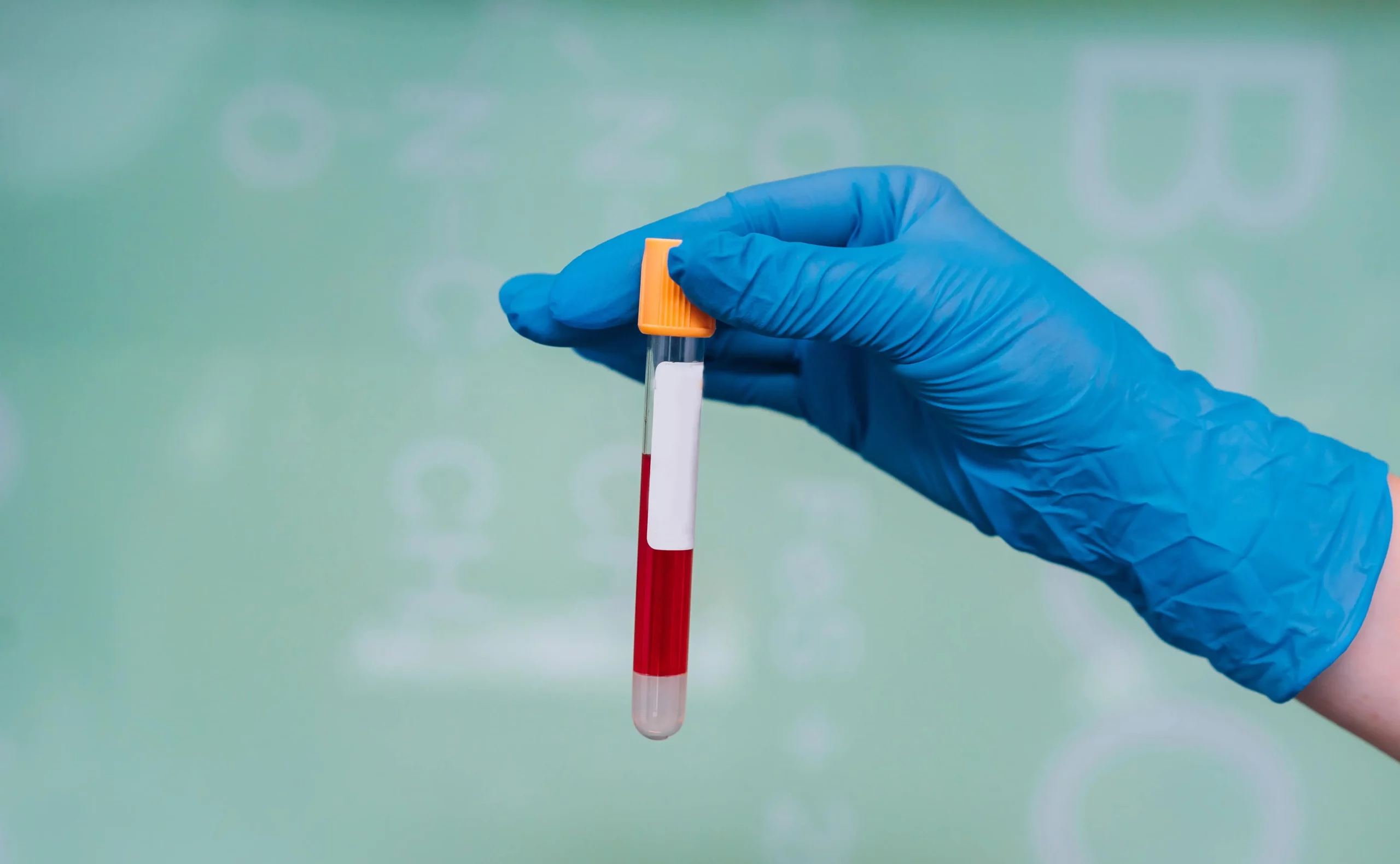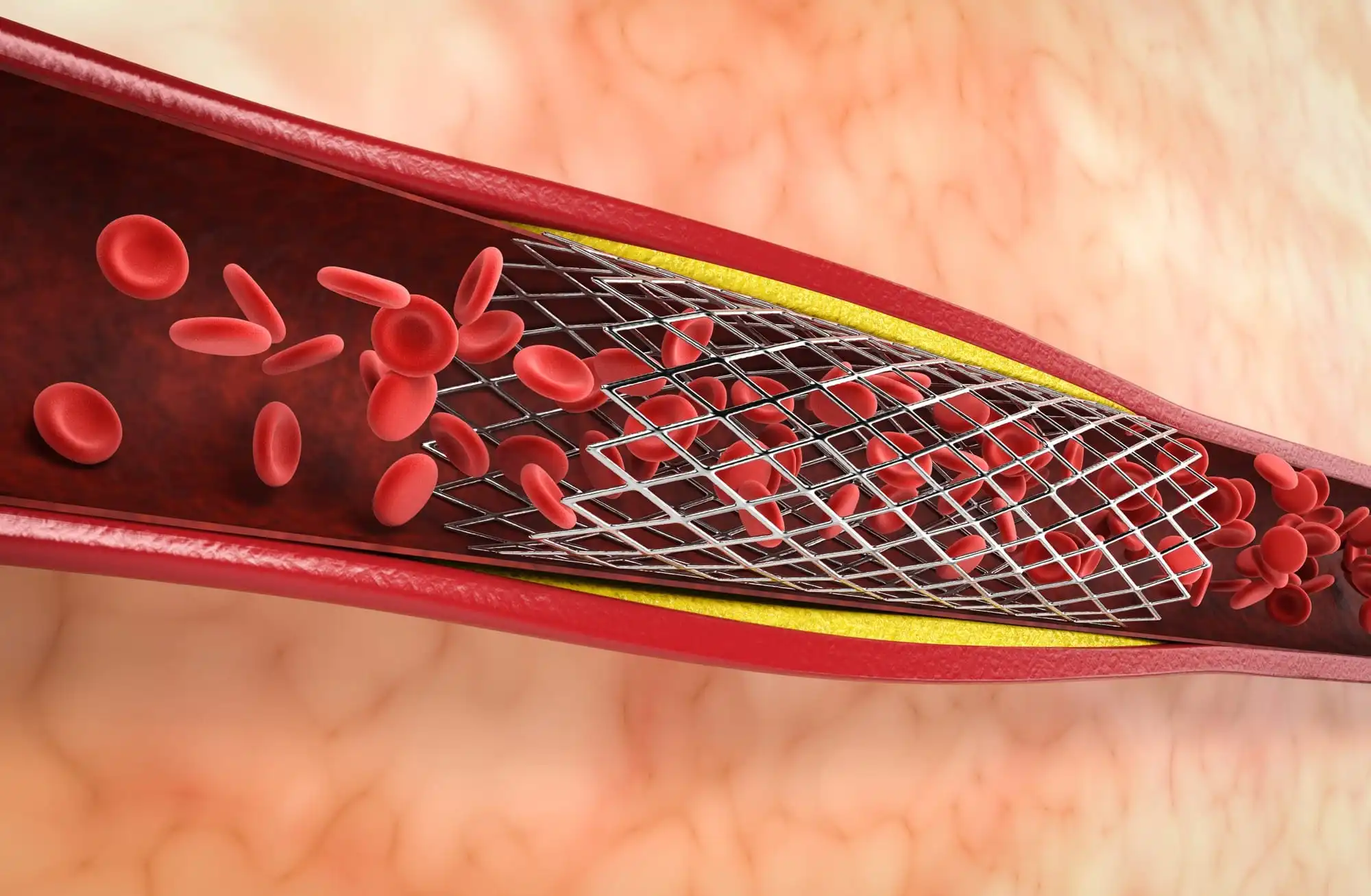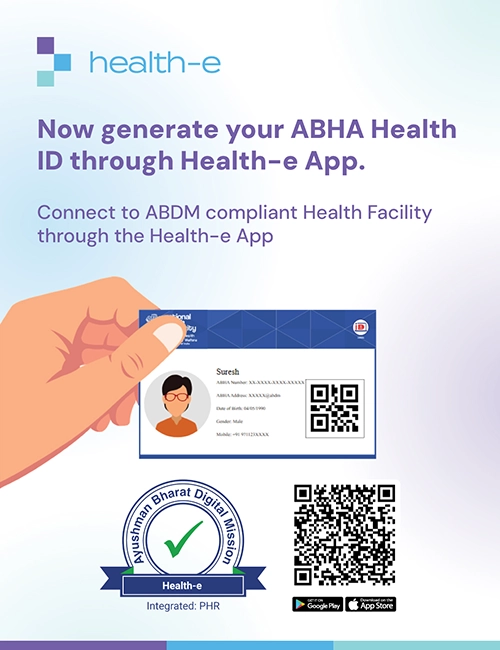What is the Triple H Test?
Ever heard of the Triple H Test? It’s not as complicated as it sounds. When someone has HIV, HBV, and HCV all together, we call it a triple infection or triple H infection. It’s more common than you might think and brings some serious health concerns.
Here’s the deal: HIV (Human Immunodeficiency Virus), HBV (Hepatitis B), and HCV (Hepatitis C) often show up together because they spread in similar ways. If you’re dealing with HIV, there’s a higher chance you might also have company with HBV and HCV. The triple H test is a special blood test that acts like a health detective, checking, diagnosing, and keeping an eye on these triple infections.
Now, Let's Get to Know Each of These Infections a Bit Better:
HIV is the troublemaker that goes after your immune system, particularly those important CD4 cells that fight off infections. If not treated, it can turn into AIDS. You can catch it through unprotected intimacy, contaminated blood transfusions, sharing needles, or from an infected mother to her baby during childbirth or breastfeeding.
HBV, or Hepatitis B, is a virus that affects the liver. It can cause both short-term and long-term liver problems. You usually get it by coming into contact with the blood or other bodily fluids of someone who’s infected. It’s a big deal globally and stands out among viral hepatitides.
And then there’s HCV or Hepatitis C. Another liver-related issue, it likes to travel in the blood of an infected person. Long-term hepatitis C can lead to severe liver problems like damage, failure, or even cancer.
Why Do I Need a Triple H Test? Why Is It Important?
The Triple H test, which includes screening for HIV, Hepatitis B, and Hepatitis C, is recommended by healthcare professionals for several important reasons that revolve around both individual well-being and public health. Let’s take a look at them below:
-
Disease Progression:
Detecting HIV, Hepatitis B, and Hepatitis C early is key to managing these conditions effectively. Timely identification allows for the swift initiation of suitable treatments, slowing down the progression of these diseases.
-
Increased Transmission Risk:
People unaware of their infection status might unknowingly engage in activities that put others at risk. Testing helps pinpoint infected individuals, reducing the chance of transmission through activities like unprotected sex or sharing needles.
Mother-to-Child Transmission:
Pregnant women carrying HIV or Hepatitis can pass the infection to their babies during childbirth or breastfeeding. Early testing enables healthcare providers to implement preventive measures, minimizing the risk of transmission.
-
Missed Opportunities for Treatment:
Without testing, individuals might miss out on timely medical interventions and antiretroviral therapies that significantly improve outcomes. Testing opens doors to appropriate and timely treatment options.
-
Complications and Co-Infections:
HIV and Hepatitis infections can lead to complications and increased vulnerability to other infections. Knowing one’s status allows for proactive management, reducing the risk of complications and co-infections.
-
Increased Healthcare Costs:
Late-stage detection often leads to more extensive medical interventions, resulting in higher healthcare costs. Early detection and management contribute to cost savings by preventing diseases from advancing to advanced stages.
-
Public Health Impact:
Widespread testing is crucial for public health surveillance and epidemiological studies. Identifying and treating infected individuals helps control the spread of these infections within communities.
-
Stigma and Discrimination:
Testing and awareness campaigns play a role in reducing the stigma associated with HIV and Hepatitis. Knowing one’s status empowers individuals to seek support and treatment without fear of discrimination.
Overall, the Triple H test is a proactive step toward personal health and contributes significantly to the collective effort in preventing the spread of these infections within our communities.
Triple H Test Procedure
When it comes to the Triple H test, here’s what you can expect in the process:
- A tourniquet is tied around your arm to locate the vein.
- The injection site is cleaned with a cotton swab soaked in 70% alcohol before the needle is inserted.
- A small needle is then carefully placed into your arm vein to draw the necessary amount of blood, collected in a test tube.
- The needle is removed, and an adhesive sticker is applied to the puncture site to ward off infections.
- Your blood sample is sent to the laboratory for further processing and testing.
What's The Price of Getting a Triple H Test Done?
Closing Thoughts
Alright, there you have it – the scoop on the Triple H Test. It’s not just a bunch of letters; it’s a crucial step in taking care of yourself and those around you. Regular checkups keep you on top of your health game. And hey, why not make it easier? Consider using a Personal Health Record (PHR) app to keep track of all your test results and medical records. Stay healthy, stay informed!
Ready to take control of your health journey? Don’t just stop at the Triple H Test.
Download Health-e now and keep all your medical info at your fingertips. Your health, your records, all in one place. Because staying healthy should be as easy as a tap on your phone.
Frequently Asked Questions (FAQs):
1. What is the Triple H Test?
The Triple H Test is a diagnostic test designed to identify the presence of three potentially life-threatening viruses: HIV, HBC, and HCV.
2. What Are The Risk Factors For Triple Infections Of HIV-HBV-HCV?
3. How is the Triple H Test Done?
4. What about the cost of the Triple H Test?
While the price may vary, typically, screening for HIV, HBV, and HCV falls in the range of 1000 to 2000 INR.





